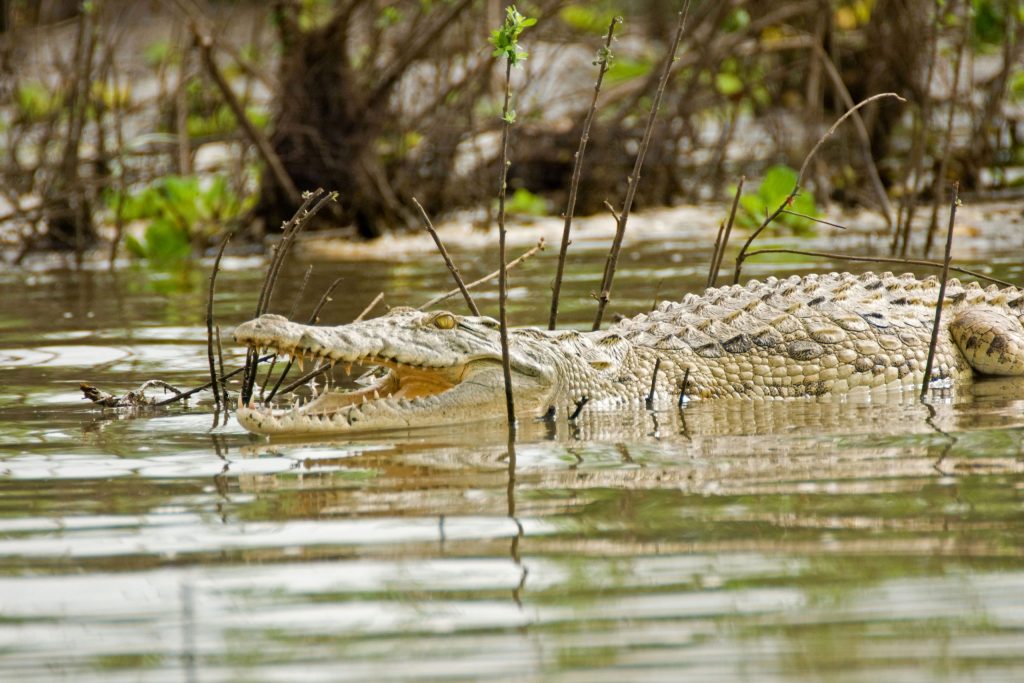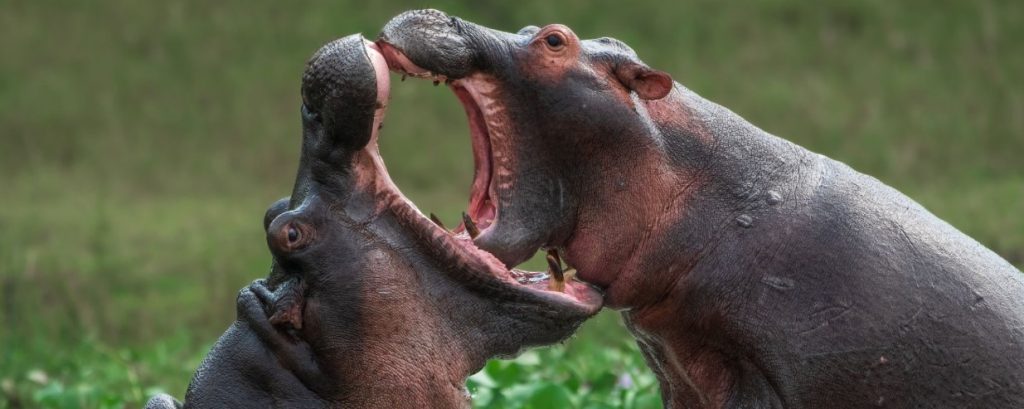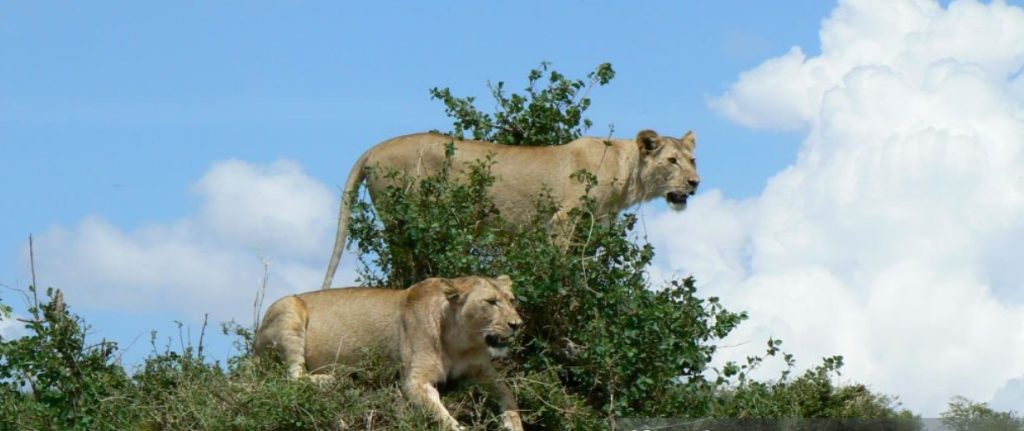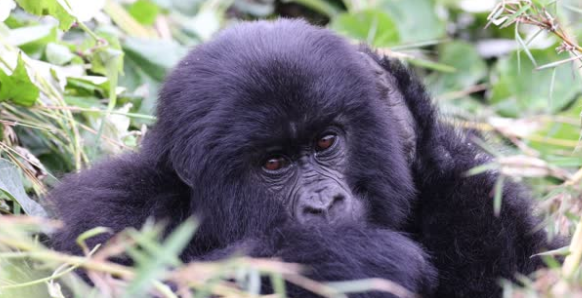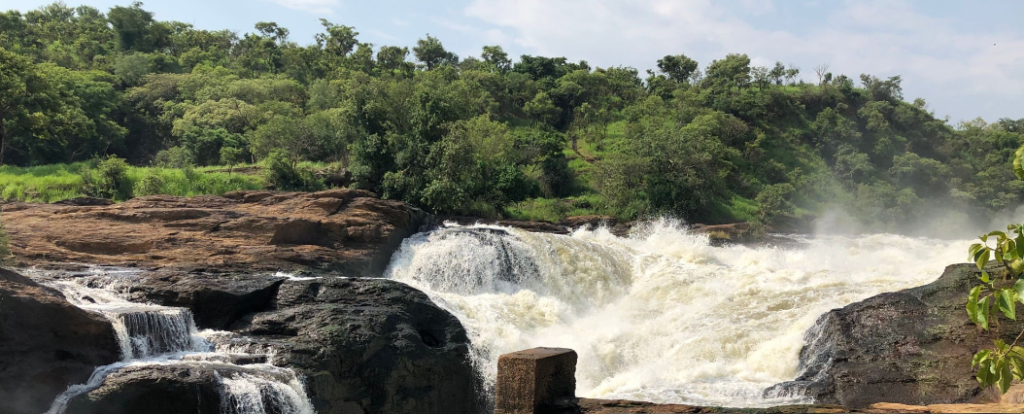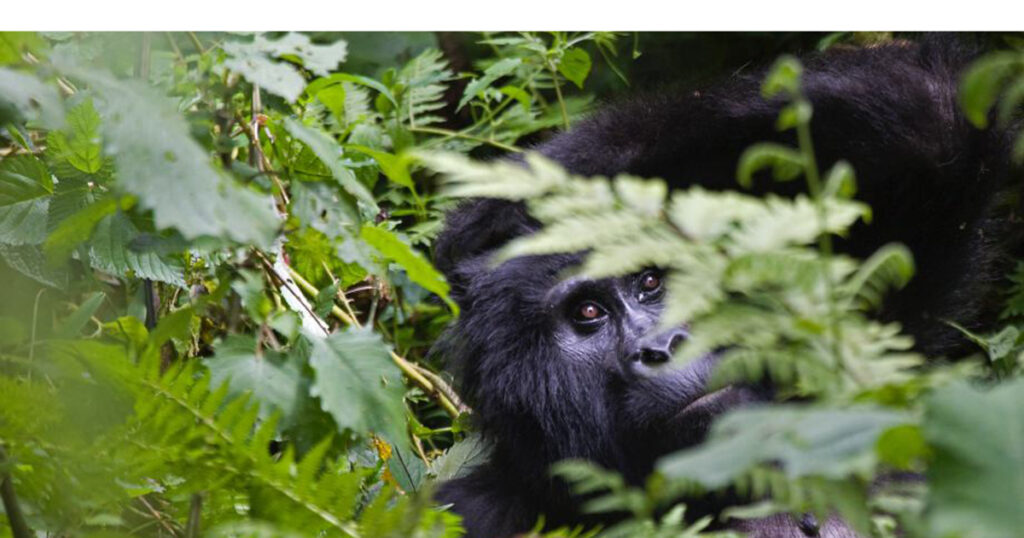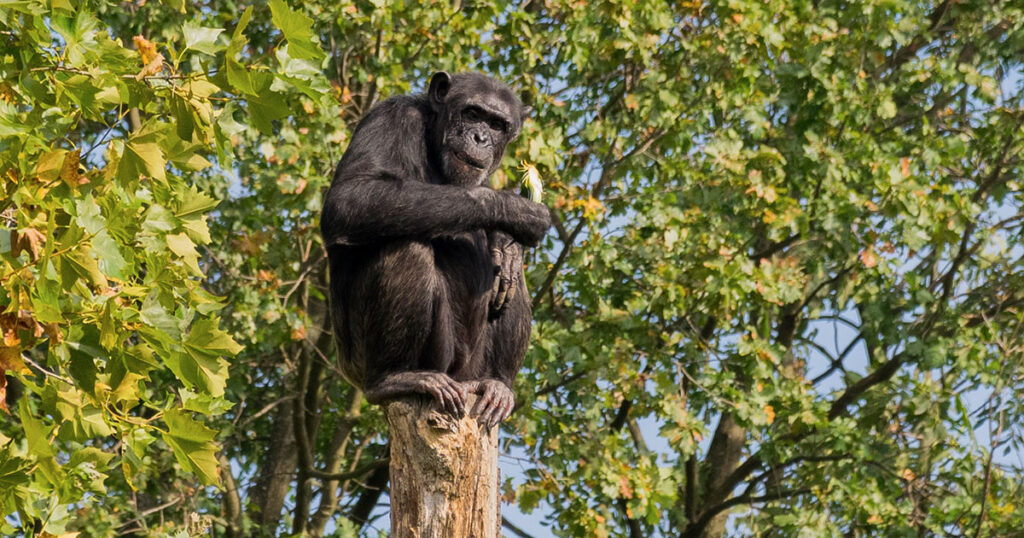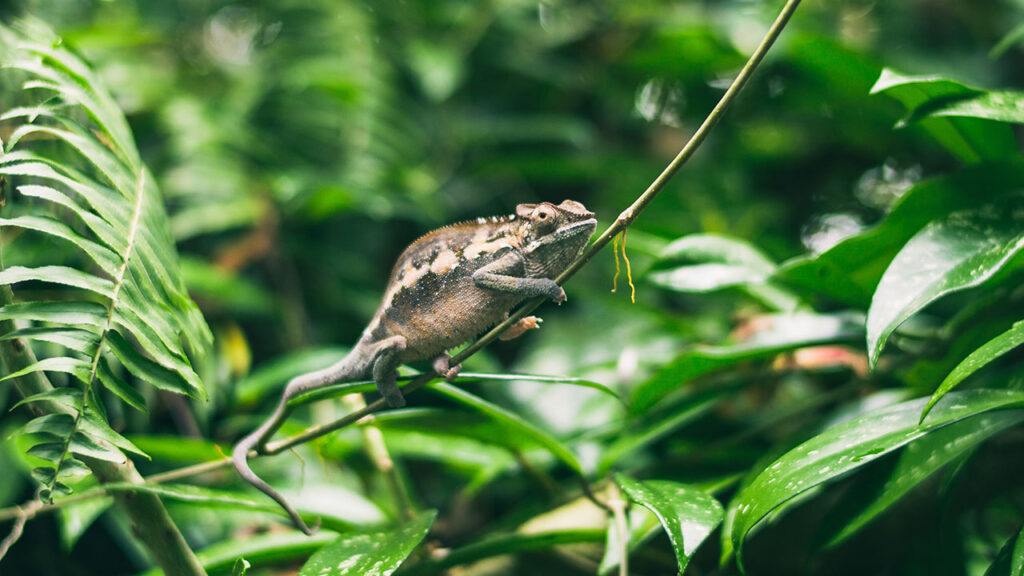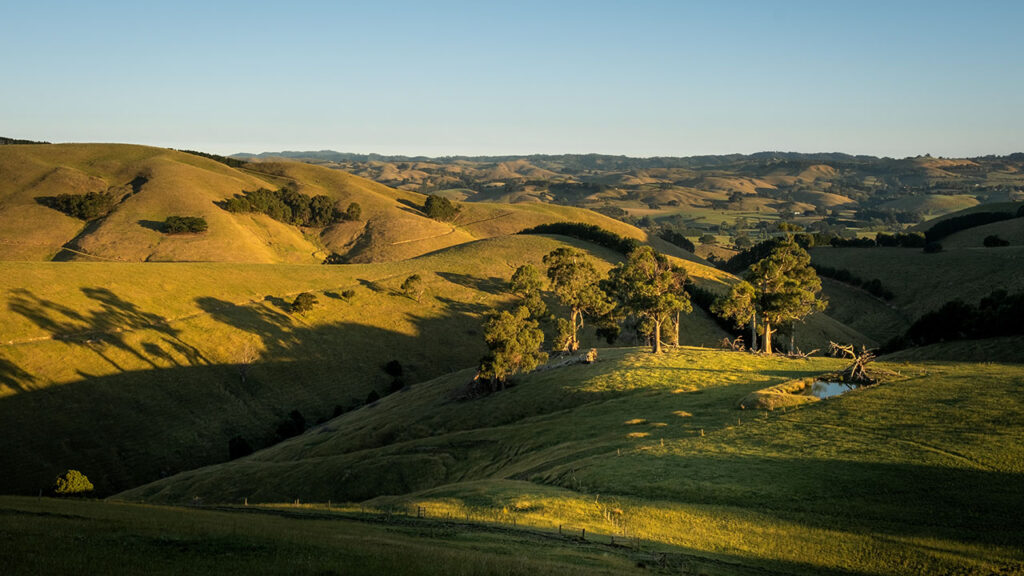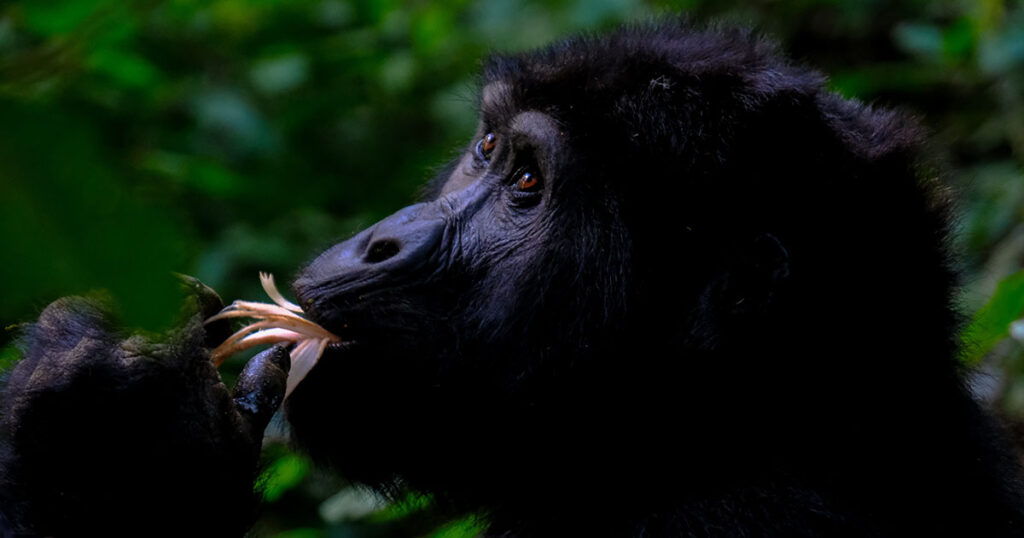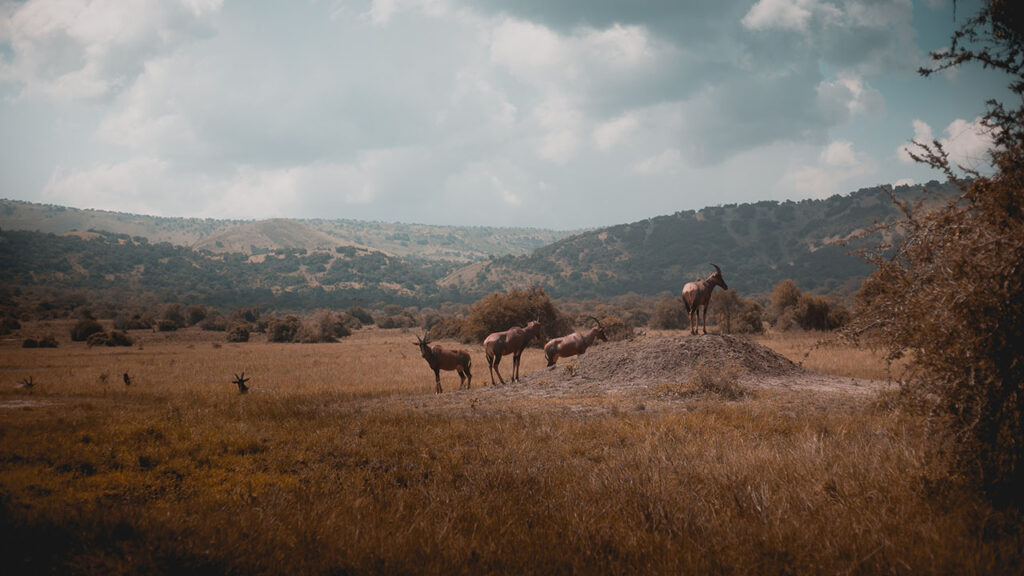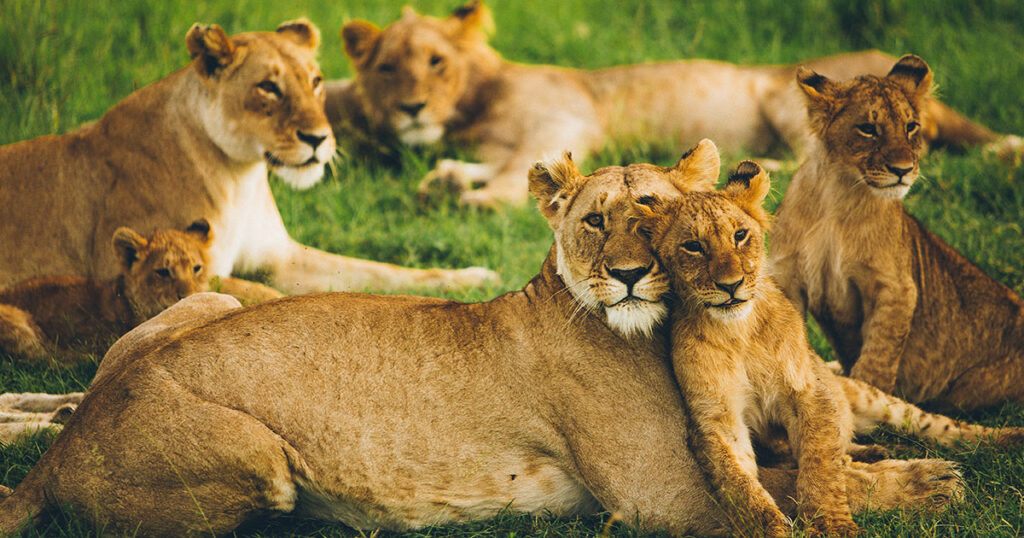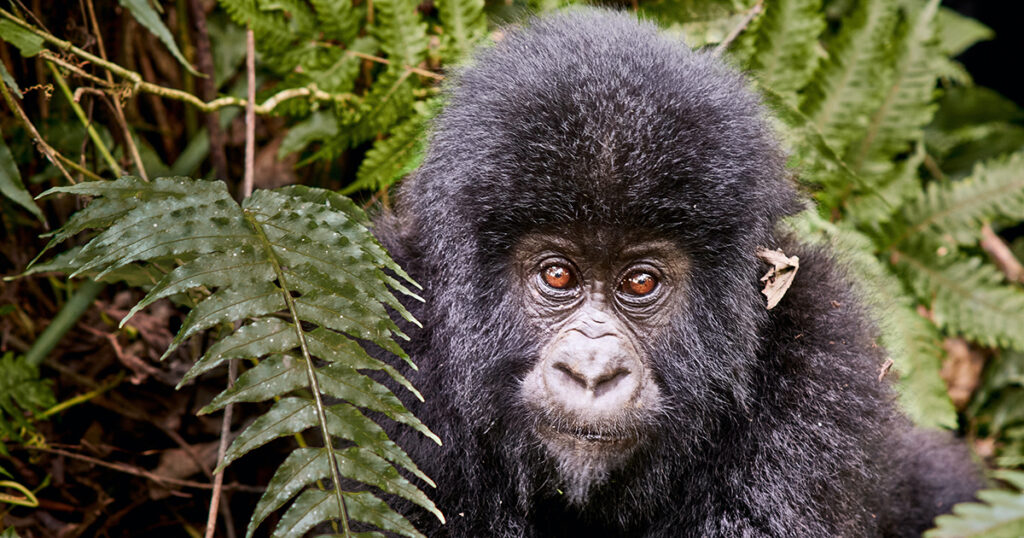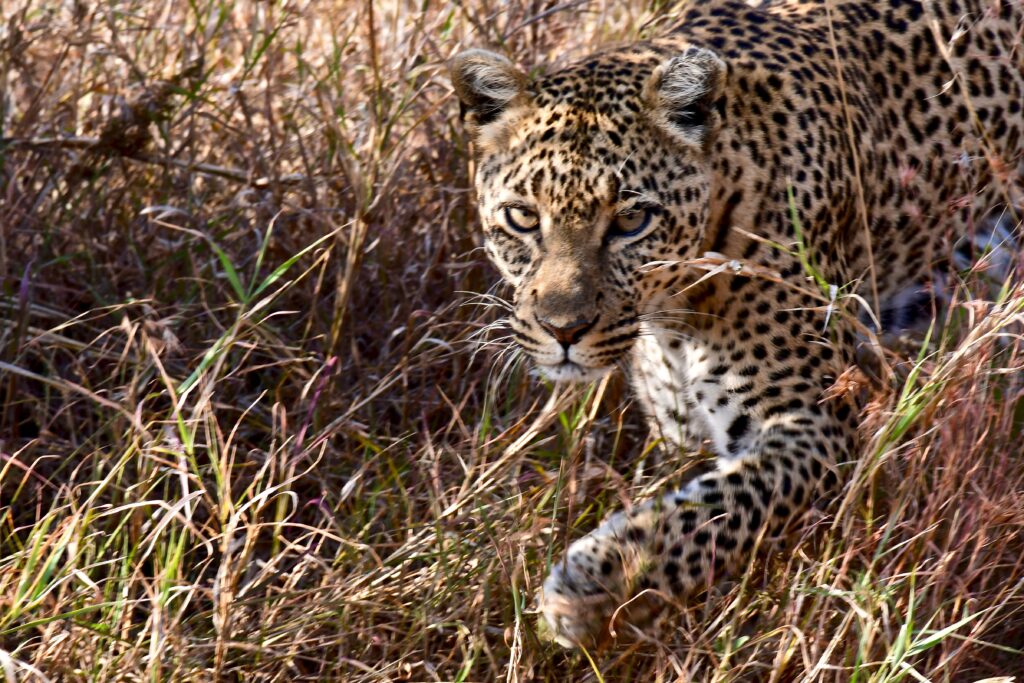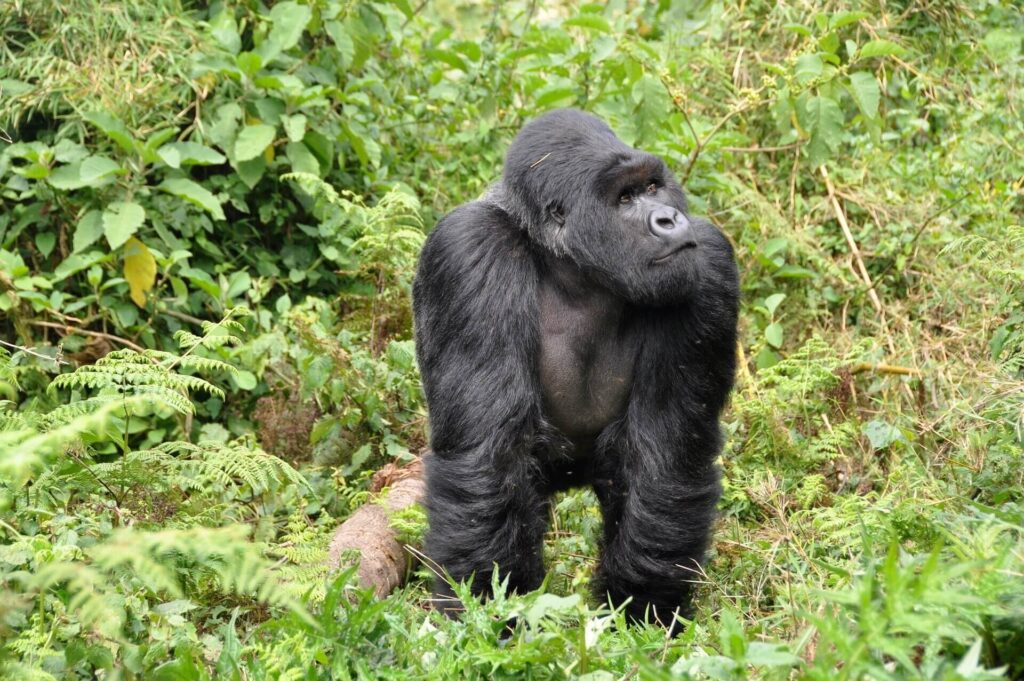Mabamba Swamp, located on the fringes of Lake Victoria in Uganda, is one of the most significant wetlands in East Africa and a crucial habitat for the iconic Shoebill Stork. This extensive marshland not only supports a diverse array of flora and fauna but also serves as a prime viewing location for the enigmatic Shoebill Stork, attracting bird watchers and nature enthusiasts from around the globe.
Shoebill Storks in Mabamba
The Shoebill Stork, with its prehistoric appearance and formidable size, is the star attraction of Mabamba Swamp. These birds are typically seen standing motionless for hours, camouflaged perfectly against the grey and green backdrop of the swamp. The area’s vast stretches of papyrus and water lilies provide an ideal environment for the Shoebill to hunt and live, making Mabamba one of the best places in the world to observe these rare birds in their natural habitat.
Habitat and Ecology
Mabamba Swamp is an extensive wetland that plays a vital role in the ecology of the region. It acts as a natural water filtration system and offers a breeding ground for the Shoebill as well as numerous other species of birds, fish, and amphibians. The swamp is predominantly composed of papyrus, which is crucial for the nesting of the Shoebill Storks. These birds prefer the dense, isolated parts of the swamp, where they can find solitude and ample food.
Conservation Efforts
The conservation of the Shoebill Stork in Mabamba Swamp is a critical concern due to the species’ vulnerability. Efforts are being made to preserve this unique habitat against threats such as land reclamation and pollution. Local conservation groups, supported by international wildlife organisations, are actively involved in promoting sustainable tourism practices and educating local communities on the importance of protecting this invaluable ecological treasure.
Visiting Mabamba Swamp
For those interested in witnessing the majesty of the Shoebill Stork, Mabamba Swamp offers guided tours that can take you into the heart of the wetland via canoe. These tours not only provide a chance to see the Shoebill in its natural setting but also offer insights into the rich biodiversity of the swamp. The best time to visit is early morning when the birds are most active and the natural light is ideal for photography.
